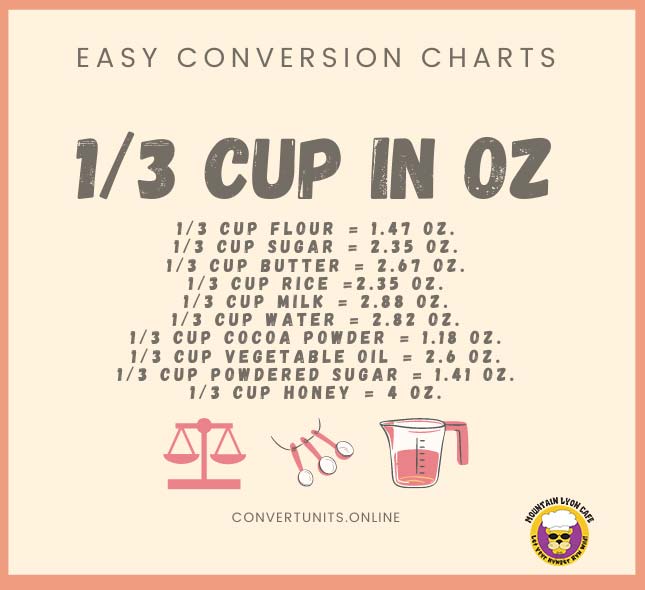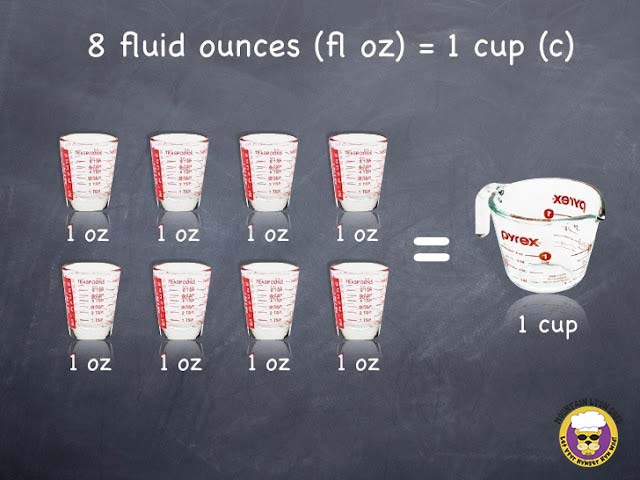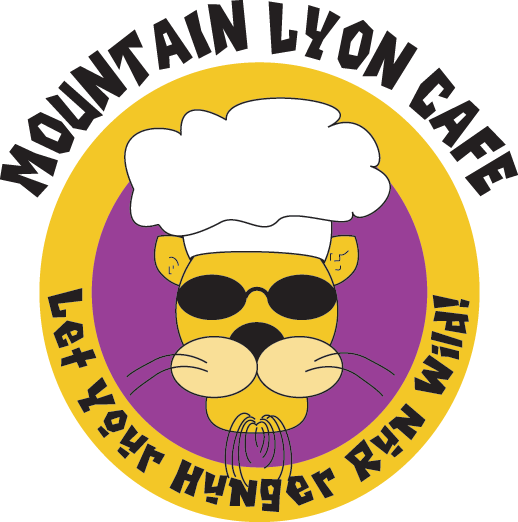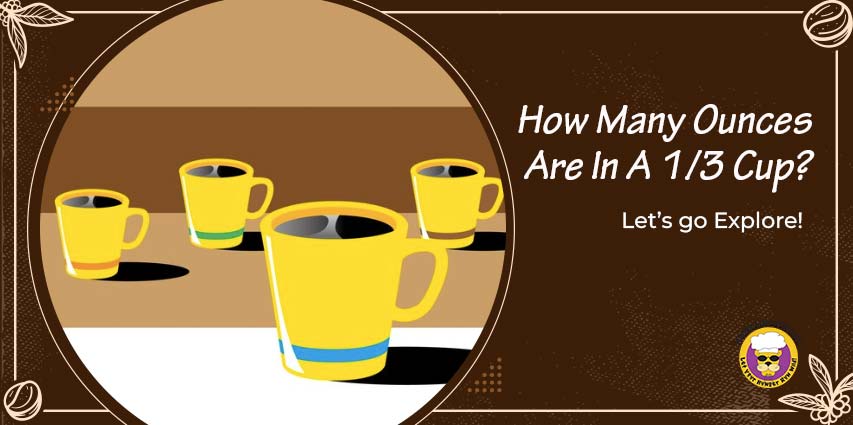When cooking or baking, precise measurements are essential to achieving consistent and delicious results. If you’re wondering how many ounces are in a 1/3 cup, the answer is 2.67 ounces. This may seem like a small amount, but when it comes to recipes, even a small variation in measurements can greatly affect the taste and texture of your dish.
If you’ve ever been unsure about the conversion from cups to ounces for ingredients like flour or sugar, then this blog post is here to help! We’ll discuss the answer and provide an easy-to-follow formula so that you can easily convert other common volume measures into ounces whenever needed. Read on to learn more!
What Is An Ounce?

An ounce is a unit of weight measurement that is used around the world. It is typically abbreviated as “oz” and can refer to both dry ounces (oz.) or fluid ounces (fl oz). A dry ounce measures the weight of an object, whereas a fluid ounce measures the volume of a liquid.
What Is A Cup?

A cup is a unit of measurement that typically refers to the volume of a liquid.
In the U.S., 1 cup is equal to 8 fluid ounces (fl oz.). Therefore, when you are measuring out a 1/3 cup of any liquid, you are adding 2.67 fl oz.
How Many Ounces Are In A 1/3 Cup?
Therefore, the answer is that 2.67 fluid ounces are in a 1/3 cup of any liquid. It is important to note that this conversion only applies to liquids and not dry ingredients like flour or sugar. For conversions involving dry ingredients, it is best to consult an online measurement conversion chart.
Here is a table of measurements to help you when measuring ingredients:
| Cup | Fluid Ounce | Dry Ounce |
|---|---|---|
| The 1/4 cup | 2 fl oz | 1.12 oz |
| The 1/3 cup | 2.67 fl oz | 1.5 oz |
| The 1/2 cup | 4 fl oz | 2.25 oz |
| The 1 cup | 8 fl oz | 4.5 oz |
1/3 cup = (1/3) x (8 fluid ounces) = 2.67 fluid ounces
or 1/3 cup = (1/3) x (4.5 dry ounces) = 1.5 ounces (dry)
| Measurement | Equivalent |
|---|---|
| The 1 cup | 8 fluid ounces |
| The 1 fluid ounce | 29.57 milliliters |
| The 1 cup (dry) | 4.5 ounces |
| The 1 dry ounce | 28.35 grams |
Related article:
How Much Caffeine in Iced Tea? Exploring Different Brands and Comparisons
Benefits Of Knowing How Many Ounces Is 1/3 Of A Cup?
Knowing the conversion between ounces and cups can be helpful in a variety of scenarios. Whether you’re baking a cake, making soup, or following any recipe, it is important to measure accurately for the best results. Additionally, understanding these measurement conversions can also come in handy when portioning out food items. By understanding how many ounces are in a 1/3 cup, you can easily divide the recipe into equal servings or convert the ingredients to another measurement, such as teaspoons.
Finally, understanding how many ounces are in a 1/3 cup can be beneficial for food portion control and managing weight loss goals. With this knowledge, you can more accurately measure out your servings of food and stay on track with your health goals.
Instruction On Measuring US Fluid Ounces In 1/3 Cup?
To measure out 1/3 cup of any liquid, you will need to use a measuring cup. Begin by pouring the desired amount of liquid into the cup until it reaches the 1/3 mark. Then, you can use a kitchen scale or ruler to accurately measure out 2.67 fluid ounces from that measurement.
It is important to note that this conversion only applies to liquids and not dry ingredients like flour or sugar. For conversions involving dry ingredients, it is best to consult an online measurement conversion chart.
Instruction On Measuring UK Fluid Ounces In 1/3 cup?
To measure out 1/3 cup of any liquid in the UK, you will also need to use a measuring cup. Begin by pouring the desired amount of liquid into the cup until it reaches the 1/3 mark. Then, you can use a kitchen scale or ruler to accurately measure out 2.92 fluid ounces from that measurement.
Conversion Table For 1/3 Of A Cup To Ounces?
Here is a conversion table to help you quickly and easily convert 1/3 of a cup into ounces:
- US Fluid Ounces: 2.67 fl oz
- UK Fluid Ounces: 2.92 fl oz
- Dry Ounces: Not Applicable
Troubleshooting Errors When Measuring Ounces In 1/3 Cup
It is important to double-check your measurements and ensure that you are using the correct conversion ratio for ounces in a 1/3 cup. If you find yourself having difficulty measuring out the proper amount, try using a kitchen scale or ruler to make sure that you are getting an accurate measurement.
How many ounces are in a 1/3 cup?
When it comes to measuring ingredients accurately, knowing the conversion from cups to ounces is essential. In the case of a 1/3 cup, the answer depends on whether you are referring to dry or liquid ingredients.
If you have a 1/3 cup of liquid ingredients, such as water or milk, it is equivalent to approximately 2.67 fluid ounces. This conversion remains consistent regardless of whether you’re using US or UK measurements.
On the other hand, if you have a 1/3 cup of dry ingredients, like flour or sugar, the weight in ounces can vary. It’s important to note that different substances have varying densities, which affects their weight. Generally, a 1/3 cup of dry ingredients weighs around 1.5 to 2.6 ounces, depending on the specific ingredient and its density.
What is the difference between dry and liquid ounces?
Understanding the distinction between dry and liquid ounces is crucial to accurately measure and convert ingredients in the kitchen.
Dry ounces refer to the weight measurement of solid ingredients, such as flour, sugar, or grains. These measurements are commonly used in baking and cooking. On the other hand, liquid ounces pertain to the volume measurement of liquids, including water, milk, oils, and other similar substances.
While both dry and liquid ounces are part of the same measurement system, their use is different due to the varying properties of ingredients. Dry ingredients are typically measured by weight, using scales or measuring cups designed specifically for dry measurements. Liquid ingredients, on the other hand, are measured by volume using liquid measuring cups or spoons.
US Ounce vs. UK Ounce (Dry and Fluid)
In the world of measurement systems, it’s crucial to understand the differences between US and UK ounces, particularly when it comes to dry and fluid measurements.
US Ounce (Dry)
In the United States, the customary measurement system is used, which includes US ounces. When referring to dry measurements, US ounces are based on weight. Therefore, 1 US ounce is equal to approximately 28.35 grams or 1/16th of a US pound.
To convert US ounces to pounds, you can divide the amount by 16 or multiply it by 0.0625. Similarly, to convert pounds to US ounces, you can multiply the amount by 16.
US Ounce (Fluid)
When it comes to fluid measurements, such as liquids, the US fluid ounce is employed. It is equivalent to approximately 29.57 milliliters or 1/128th of a US gallon. The fluid ounce is commonly used in cooking and recipes, especially for measuring small amounts of liquid ingredients.
UK Ounce (Dry)
In the United Kingdom, the imperial measurement system is followed, which utilizes UK ounces. Similar to the US system, UK ounces are used for measuring dry ingredients by weight. One UK ounce equals approximately 28.35 grams or 1/16th of a UK pound.
UK Ounce (Fluid)
The imperial system also involves the use of UK fluid ounces for measuring liquids. One UK fluid ounce is equal to approximately 28.41 milliliters or 1/160th of an imperial gallon.
It’s important to note that while US and UK ounces share the same names, their precise measurements differ slightly due to variations in the conversion factors used in each system.
Liquid ingredients
are measured in fluid ounces, while dry ingredients are measured in standard ounces. Additionally, the conversion factors for US and UK systems differ slightly, so make sure to take this into account when converting between measurements. With a little practice and patience, you will be able to accurately measure and convert ingredients to create delicious dishes!
- 1/8 cup = 1 Ounce
- 1/4 cup = 2 Ounces
- 1/3 cup = 2 ½ Ounces
- 1/2 cup = 4 Ounces
- 2/3 cup = 5 Ounces
- 1 cup = 8 Ounces
- 1 ½ cups = 12 Ounces
- 2 Cups = 16 Ounces
- 2 ½ Cups = 20 Ounces
- 3 Cups = 24 Ounces
- 4 Cups = 32 Ounces
How to fill in a Dry Measuring Cups
When measuring dry ingredients, it’s important to fill the cup evenly and level off the top. To do this, lightly spoon the ingredient into the cup until it is overflowing. Then, use a straight edge to level off the top of the measuring cup without pressing down on it. This will ensure you don’t end up with extra or less than the amount you need for the recipe.
It’s also important to note that when measuring with a dry measuring cup, there is usually some settling of ingredients. To compensate for this, you should fill the measuring cup slightly over and then level off the top. This will help ensure that you get an accurate measurement without having to add extra to make up for any settling.
FAQs
Q1: Can I use a liquid measuring cup for dry ingredients?
Yes, you can use a liquid measuring cup for dry ingredients, but keep in mind that it may not provide accurate results. Dry ingredients should ideally be measured using dry measuring cups or scales designed specifically for dry measurements. This ensures precise and consistent results in your recipes.
Q2: How can I convert between ounces and grams?
To convert ounces to grams, you can multiply the number of ounces by 28.35. Conversely, to convert grams to ounces, divide the number of grams by 28.35. These conversion factors are applicable to both US and UK ounces.
Q3: Is it possible to substitute dry ounces with fluid ounces in a recipe?
No, it is not recommended to substitute dry ounces with fluid ounces in a recipe. Dry and fluid ounces measure different properties of ingredients—weight and volume, respectively. Substituting one for the other can lead to inaccurate measurements and potentially affect the outcome of your recipe. It’s best to follow the specified measurement instructions and use the appropriate type of ounces as indicated.
Q4: Are there any standard conversions for tablespoons or teaspoons to ounces?
Yes, there are standard conversions for tablespoons and teaspoons to ounces. Here are the approximate conversions:
- 1 tablespoon (tbsp) = 0.5 fluid ounces
- 1 teaspoon (tsp) = 0.17 fluid ounces
These conversions are based on fluid ounces and are commonly used when working with smaller amounts of liquid ingredients.
Q5: How can I accurately measure a 1/3 cup of dry ingredients?
To accurately measure a 1/3 cup of dry ingredients, you can use the following method:
- Fluff up the dry ingredient in its container using a fork or spoon.
- Use a measuring cup specifically designed for dry measurements.
- Gently scoop the fluffed-up ingredient into the measuring cup, filling it to slightly above the rim.
- Level off the excess by running a straight edge (such as a knife or spatula) across the top of the measuring cup, removing any excess ingredient.
By following these steps, you can achieve a more precise measurement of a 1/3 cup of dry ingredients.
Conclusion
Understanding the measurement conversions between cups and ounces is crucial for successful cooking and baking endeavors. When it comes to a 1/3 cup, the number of ounces can vary depending on whether you’re working with dry or liquid ingredients. Dry ounces measure weight, while fluid ounces measure volume.
Additionally, it’s important to be aware of the differences between US and UK ounces in both their dry and fluid forms. The US measurement system follows its own conversion factors, as does the UK imperial system. Being familiar with these distinctions can help you accurately measure ingredients according to the desired recipe.
I’m Kara Chavez, and I love coffee. I like to create some of the best coffees around – espressos, lattes, macchiatos – you name it. I strive for perfection in my coffee-making skills, and I take great pride in providing a delicious cup of joe to my customers.
I’ve been working in the coffee industry for years now, and I know everything there is to know about making a perfect cup of coffee. My passion for coffee shines through in every cup that I make, and I hope that you’ll stop by soon so that I can share my love of coffee with you!

